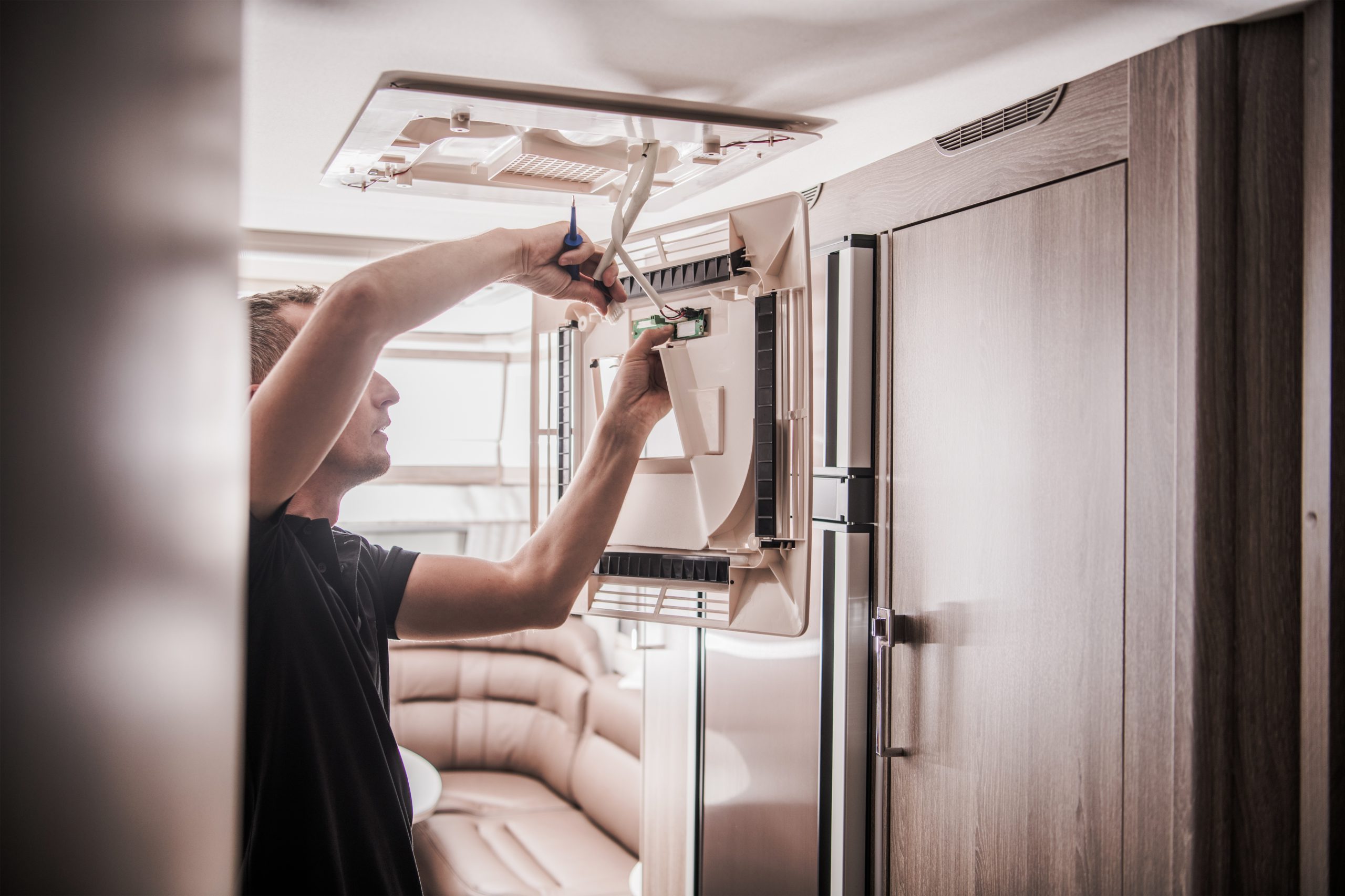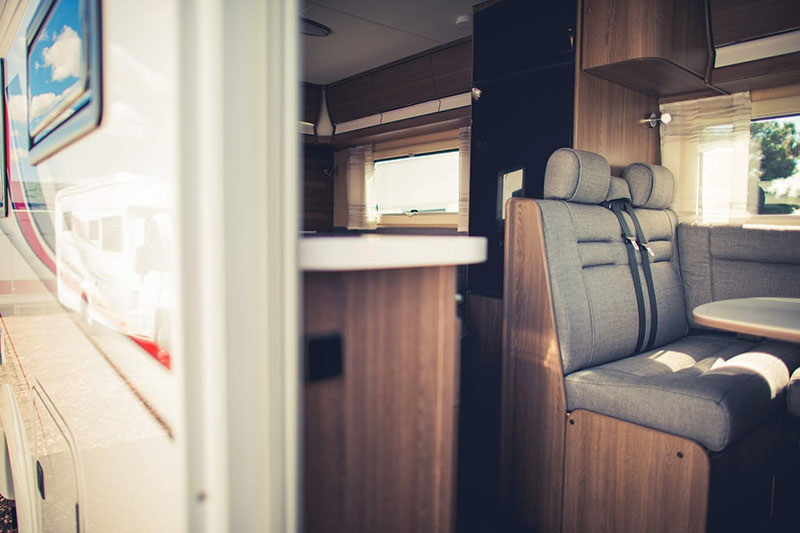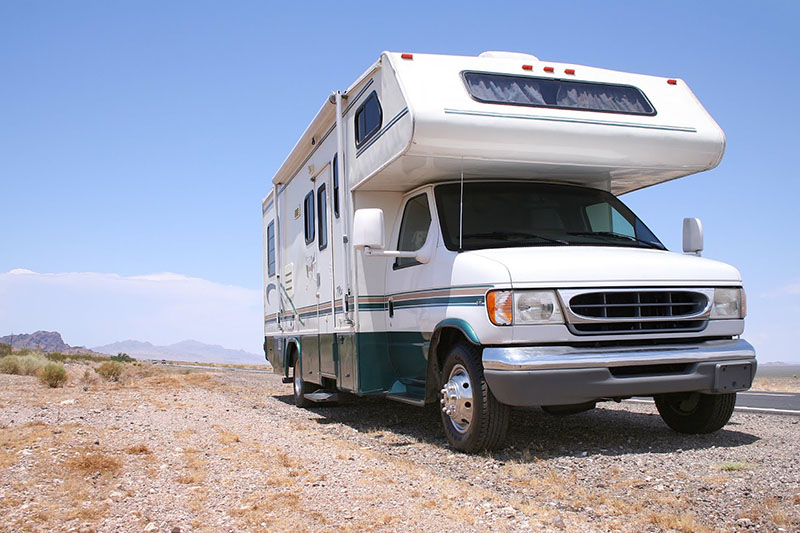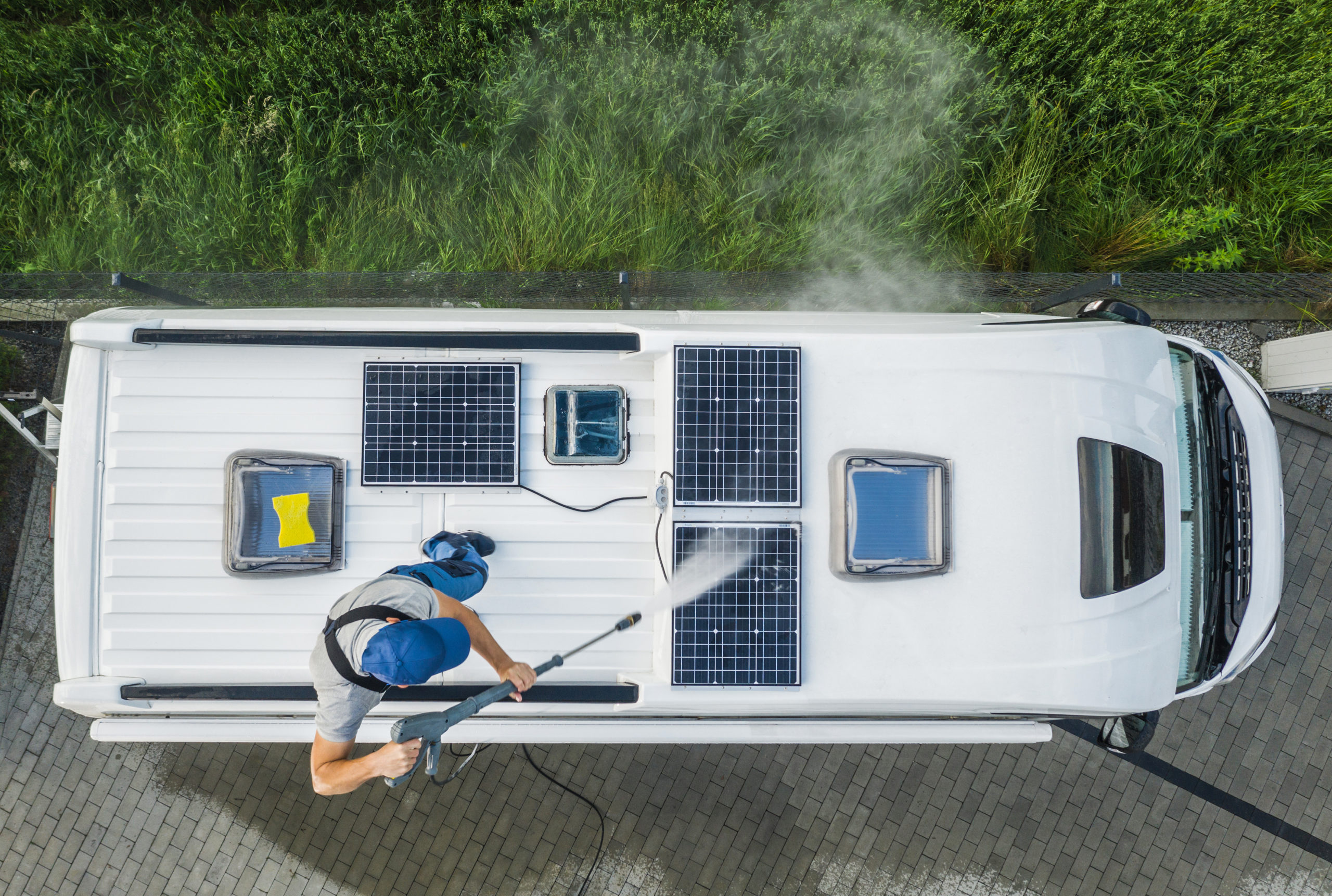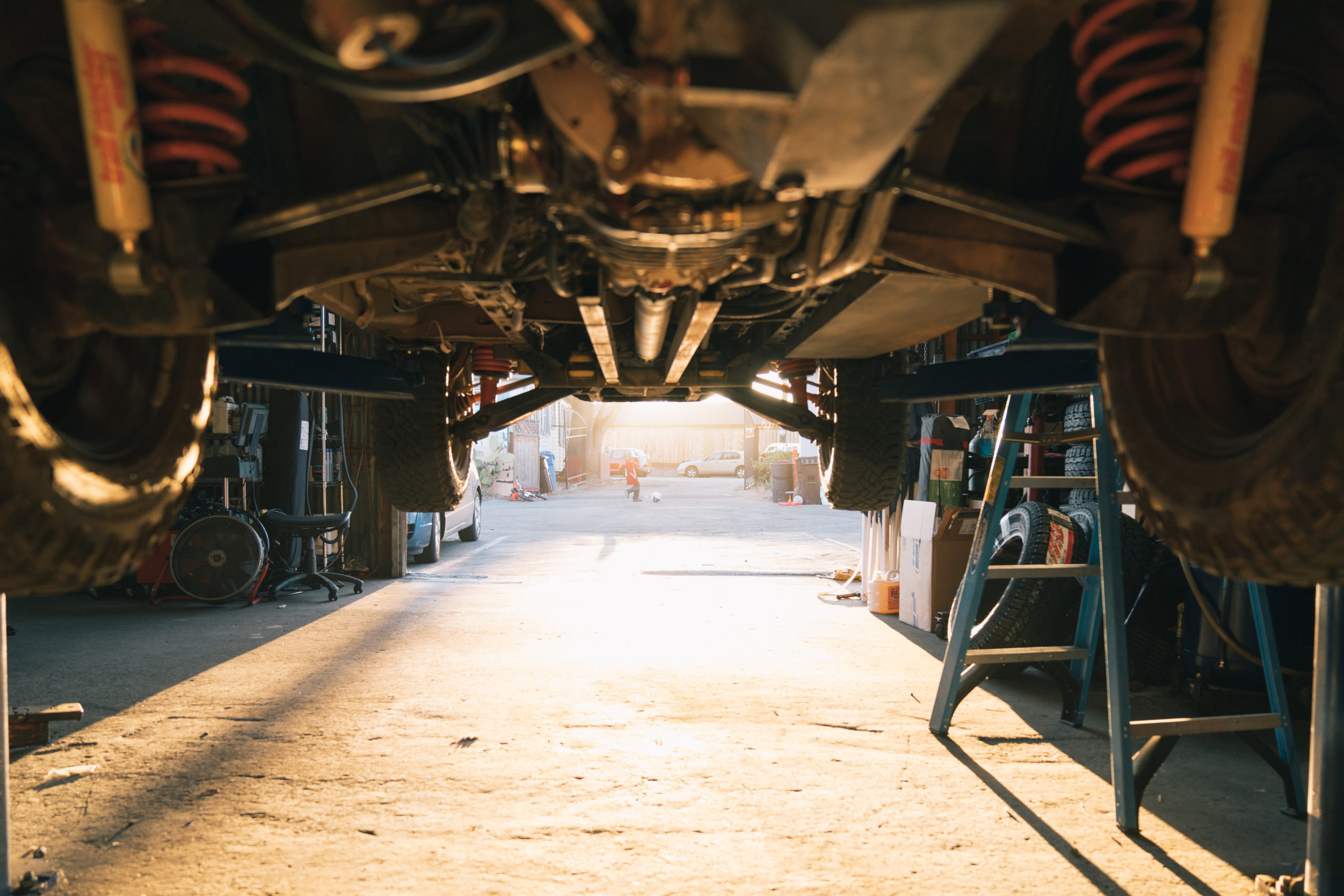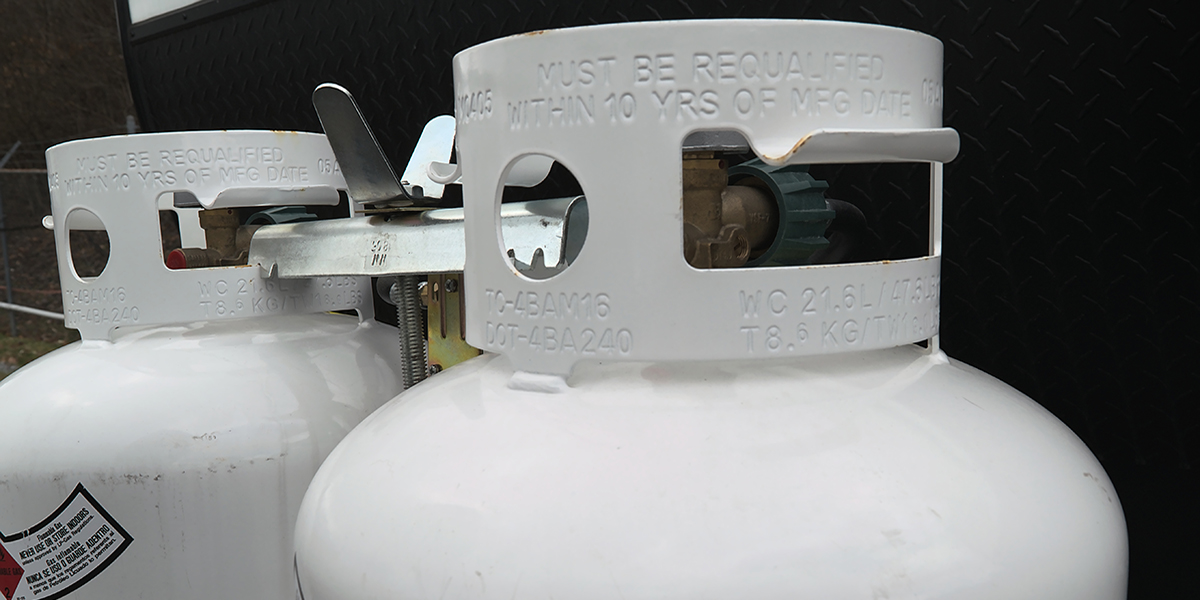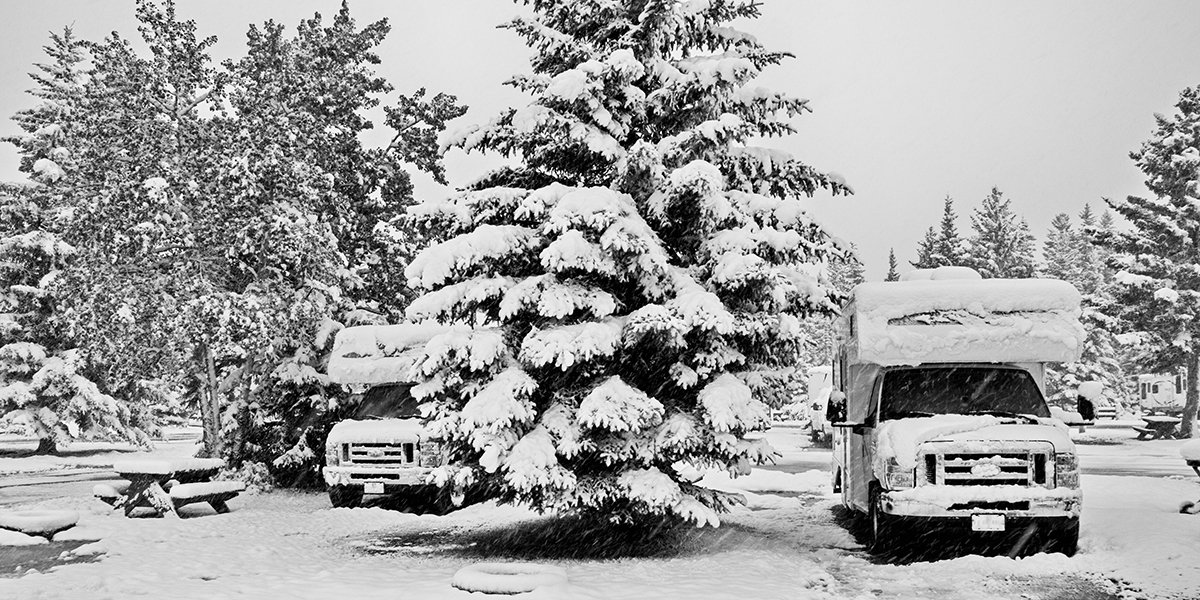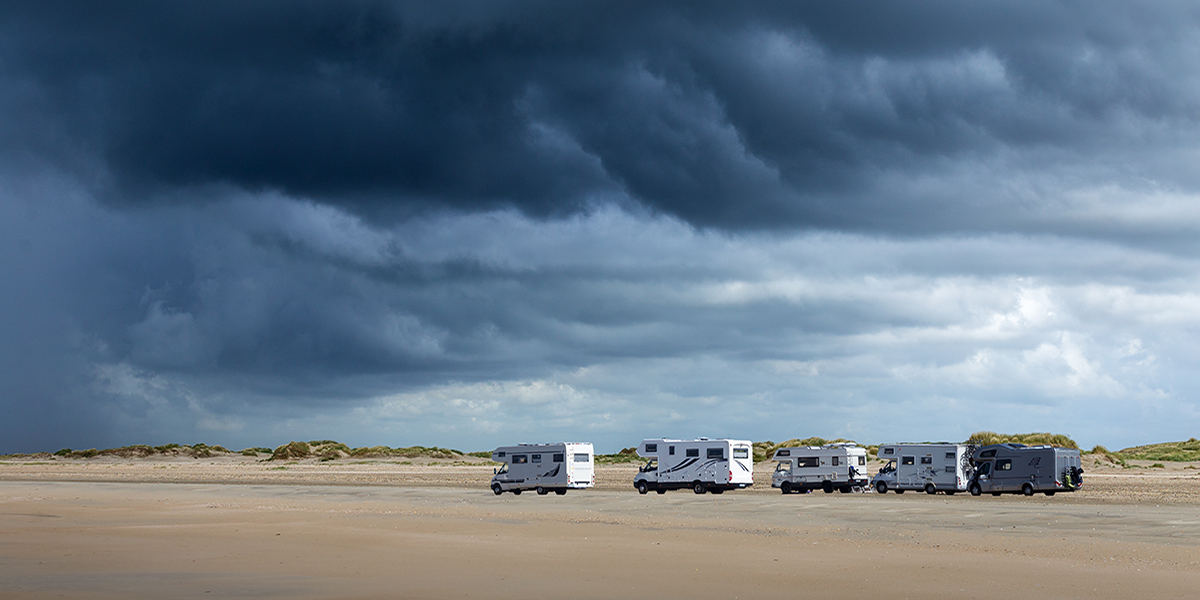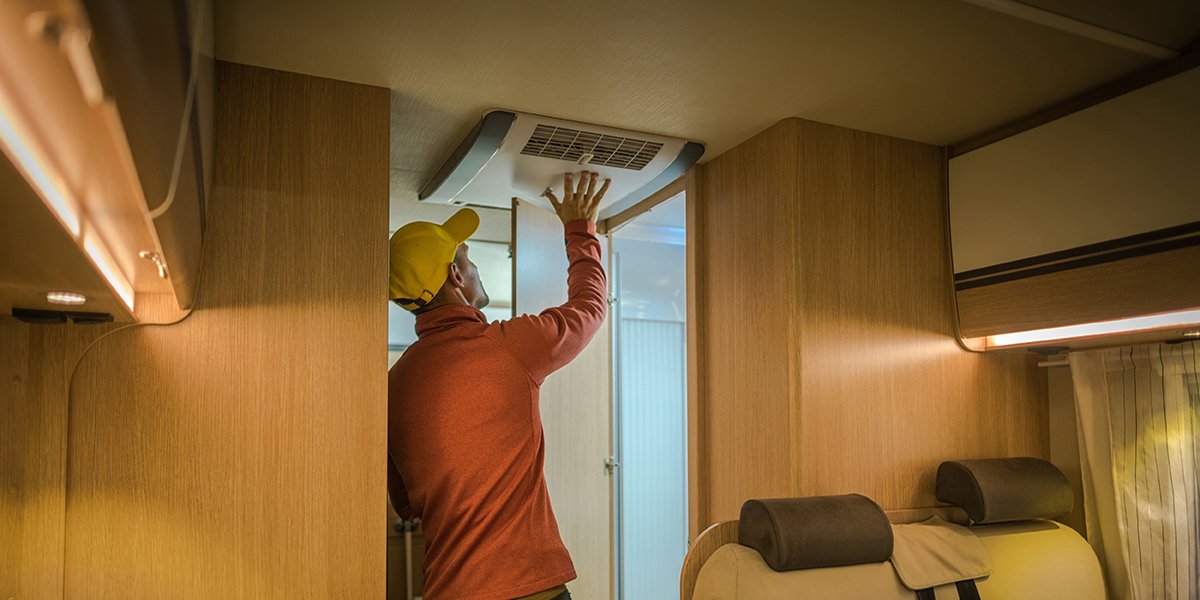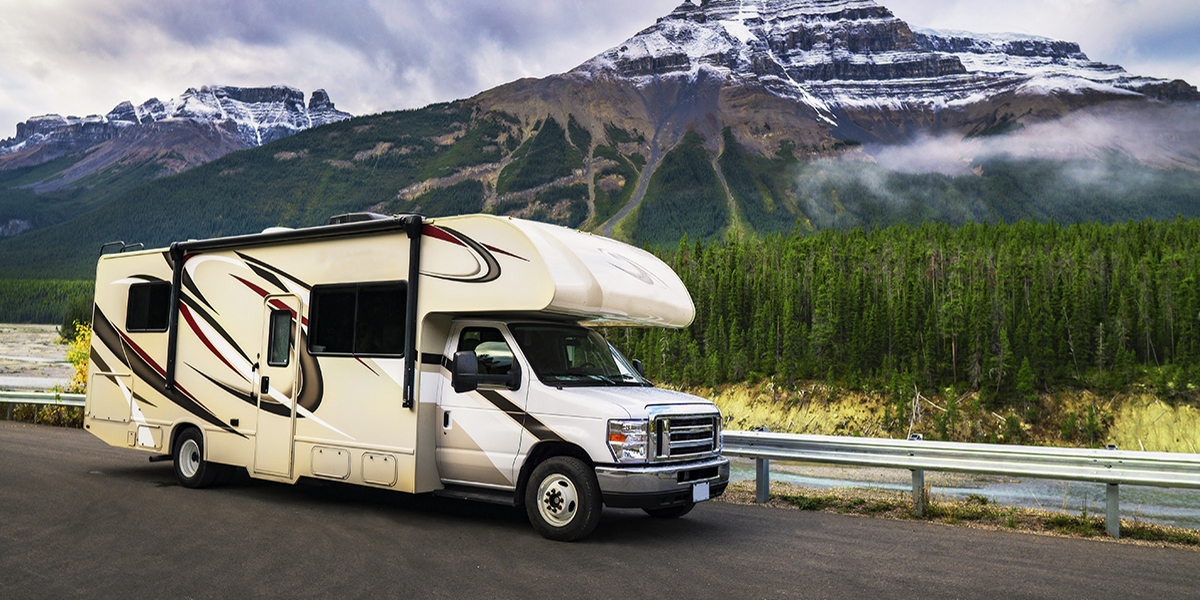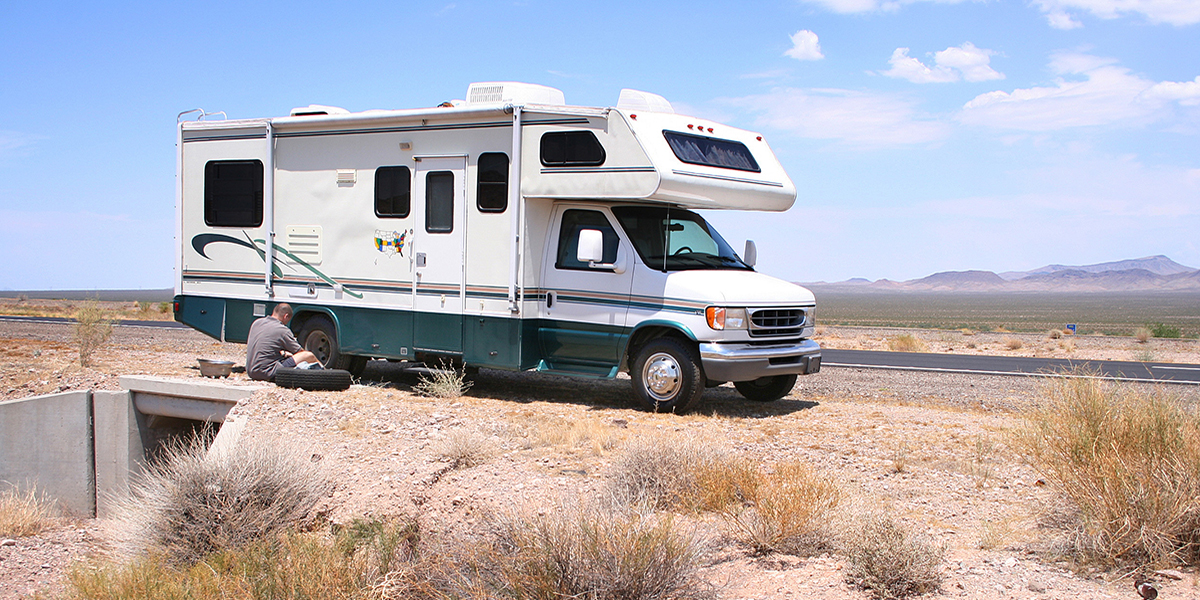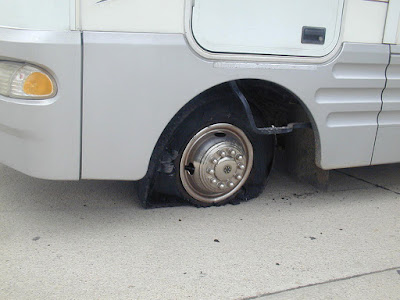You have made a major investment in an RV. You take great pride in keeping it clean, waxed, and properly maintained. Have you completely read, understood, and followed the information and instructions in all of the manuals for your unit? Some coaches come with encyclopedia-size booklets, others with just a thin pamphlet. Either way, numerous items require regular attention, some of which you may never have heard of or thought about. I hope that this article will encourage you to look into them.
Some RVers cite cost as a reason they haven’t precisely followed recommendations in the manuals. However, many businesses have found it is cheaper and safer to implement a planned preventive maintenance (PM) schedule for their equipment. Even if they trade or sell their equipment often, they know that an attached PM report increases the items’ resale value.
Imagine you are out looking at two nearly identical RVs with the same mileage. One comes with documented PM records and costs more than the one without. Which one would you purchase? If you stop to think about it, the one without records may end up costing you more during its life. First, you have to spend money to bring it up to specs before any trips. Second, items that have not been maintained properly will wear out faster than normal, use more energy, and could be dangerous.
More often than not, overlooked maintenance items are the leading contributor to the need for emergency road repairs. You can save time, money, frustration, and maybe your marriage just by following your manuals’ recommendations. Many RVs out there receive little or no care; is yours one of them? When they do break down, it may be just a tip of the iceberg of problems to come.
An old saying from the horse and buggy days applies to the RV lifestyle: “Rode hard and put away wet.” This means subjecting something to extremely hard use and then doing nothing to care for it when finished. Our RVs can sit for several months unused, and then they are off to the races for a weekend getaway or a coast-to-coast run. After reaching the destination, we shut them down and ignore them until the next expedition. Because of a RV’s weight and aerodynamics, the motor, transmission, cooling system, and brakes could be considered as operating in a severe-duty service whenever used. This makes preventive maintenance more important than ever, so follow the manuals’ suggestions.
Below is a list of items that are easy to overlook. It is a little long; however, these items deserve attention before they require an expensive solution. Most manufacturers recommend them as yearly checks. Please reference your manuals, the company’s website, or its service department for specific recommendations regarding your RV and its components and accessories.
Frame/Driveline
- Batteries: Far and away, the most common battery repairs technicians make are to resolve loose connections, especially on the ground/negative side and wires. Check all terminals and frame grounds for corrosion and tightness. Wash down battery areas with a water-and-baking soda solution or an approved cleaner. Check electrolyte levels; fill with distilled water if needed, usually just enough to cover the plates.
- Brakes’ hydraulic systems – Use test strips to check the fluid level and its moisture content. Periodic flushing is required to maintain your safety, approximately every three years or 25,000 miles, whichever comes first. Fluid does break down and can attract moisture over time from the heat generated by braking. A noticeable change in efficiency and required pedal force will occur. More importantly, the calipers and the ABS systems’ control module could be damaged, causing a very expensive repair.
- Air systems: Drain ping/storage tanks completely every month to remove moisture. Some units have a replaceable desiccant filter that is easy to overlook but is extremely vital to brakes and suspension.
- Pads, calipers, rotors, or drums: Check for usable life left, cracking, or glaze and make sure they all operate properly.
- Brake lines: Check for severe rust on metal lines. Watch out for cracks or weeping on flexible lines.
- Grease/Lubrication: Climb underneath your coach and count every zerk fitting you can find. Look at all suspension components; steering linkage, including the connection to the steering wheel; driveshaft; universal joints; transmission; clutch shafts; and tag axle. Keep this number (I have counted as many as 43) in your notes with the owners manuals. After a lube, oil, and filter service is performed, ask how many grease zerks they serviced. If it does not match your number, ask why. Then check one that is hard to find for proof of new grease! You would be amazed at how many dry ones I encounter. Some motors have grease zerks on the cooling fan assembly. Do not forget about sliders, rollers, or bearings on racks (generator, cargo, steps, propane tanks, batteries, etc.).
- Hydraulic Slideouts And Leveling: Fill the oil level with the proper type oil and look for leaks.
- Rear End/Differential: Refer to the coach’s chassis maintenance schedule; however, if a schedule is not available, change the fluid every 100,000 miles. Check the vent tube for blockage. Check the universal joints when greasing and replace if any looseness is detected.
- Steering: Check fluid; change when suggested (usually three to five years).
- Suspension: Springs, control arms, and sway bars all have bushings that can wear out. Shocks that have oil stains on them or more than 50,000 miles need to be replaced.
- Tag Axle: Check wheel bearings for adjustment and lubrication.
- Tires: Look for dry rot, bulges, cracking, and correct pressure. Stay away from tire dressings that make them shiny, as they tend to have silicone or petroleum-based ingredients that can accelerate tire deterioration. It’s probably best to simply wash the tires with soap and water, and rinse them thoroughly afterward.
- Transmission: Check the fluid and filter; refer to the coach’s chassis maintenance schedule. If a schedule is not available, change at 50,000 to 100,000 miles.
Electrical
- Generator: Wash with a cleaner such as Mean Green and low-pressure water; air dry before using. Change air and fuel filters; some models have filters or screens on cooling air/compartment inlets. Gasoline types should be run once every five to six weeks under medium load, have their fuel system drained, or have Sta-Bil added to the fuel (make sure it’s in the carburetor before shutting down the gen set). Run diesel generators at least every two to three months. Warm them up, operate under a load for 10 to 15 minutes, and cool down for another three to five minutes before shutting off. This keeps the fuel fresh, lubricates the parts, and keeps the generator ready for emergencies.
- Lights: Check all interior and exterior lights on all vehicles (towable included).
- Shore Power Cord: Clean and wipe down with silicone spray or a product such as 303 Aerospace Protectant (do not use anything slick on coaches equipped with a cord reel).
Engine And Compartment
- Lube, Oil, And Filter: This should be a no-brainer, so remember the time intervals also; oil is your engine’s lifeblood. Follow change intervals to a tee. Stay with quality name-brand oil and filters, especially on diesel engines when new. Many diesel motors require break-in valve and injector adjustments. According to Caterpillar, Cummins, and Detroit Diesel, this first adjustment is very critical.
- Air Conditioner: Check pressure and operation of the dash air conditioner before the season.
- Hoses: Look for rub marks, bulges, cracks, or weeping. Secure hose clamps.
- Serpentine/Fan Belts: Check for cracking or frayed cords. They should be changed every five to eight years/50,000 to 125,000 miles.
- Engine Cooling/Radiators – Antifreeze: Fill and have the pH level checked. Change every three to five years/65,000 to 100,000 miles. Use only the antifreeze approved for your engine; there are differences. Diesel owners: It is vital to check the pH level and appropriate buffers.
- Fins/fan: Carefully check, clean, and straighten cooling fins. If the fan’s blades are bent or damaged, replace the fan with a new one.
- Filters: They are installed in places you never thought of: air, fuel, water separator, cabin, antifreeze, radiator pre-filters/screens, air compressor, crankcase.
Exterior
- Air Conditioner: Remove the cover of the roof air conditioner; check for mud dauber nests; clean the fins and fans of leaves, sticks, moss, and nests. You will save energy and help the unit last longer.
- Seams: Check all seams for faulty caulk, especially the roof around antenna mounts, skylights, ladder, and vents.
- Furnace: Remove the cover and clean. Replace filters if applicable (e.g., Aqua-Hot). Look out for mice and their nests.
- Horns: Do they work?
- Refrigerator Covers: Remove the outer cover and vacuum clean. Check for spiders, as they love this area. Find the black drain tube, check for obstructions, and route to drain outside of the cover.
- Roof Maintenance: Clean, look for, and repair defects. Apply proper protection.
- Slideout Seals: Clean and lubricate every six to 12 months.
- Storage And Entrance Doors: Clean and lubricate seals, lifting mechanism, latches, and hinges.
- Water Heater: Remove the bottom plug and drain the heater. Replace the anode rod. Clean the propane-heating tube. Remove the plug-in 12-volt connector and reconnect (cleans contacts).
- Windshield Wipers: Check and replace. Better to do this now before you’re caught in a big rainstorm. Refill the washer fluid reservoir.
Interior
- Air Conditioner: Clean or replace filters monthly. Carefully clean/vacuum cooling fins.
- Detectors: Change batteries in smoke, carbon monoxide, and LP-gas detectors.
- Furnace: Remove the covers and vacuum the area clean.
- Water Systems: Check the under-counter and ice-maker filters and replace if necessary.
- Windshield: Clean the inside as well as the outside. Remember how hard it was to see through when driving into the sun on your last trip?
Even though this list may appear overwhelming, the items are not all due at once. Mileage, hours, and/or age will dictate when attention is required throughout the year and life cycle of your RV.
Consult this checklist when searching for a used RV. Finding one with documented PM schedules included generally indicates the entire rig was properly maintained. If you purchase one with a questionable service record, either you’ll become handy at repairs or spend a lot of money for someone who is.
If purchasing an older RV with low mileage, or if you let yours sit unused for extended periods, think about this: mechanical items are designed for use on a regular basis. Using them as they were intended to be used generally makes them last longer, with fewer problems, than those you don’t use regularly.
Think about our own bodies. When we exercise regularly, we feel better, move around easier, are more alert, and are less prone to injuries and arthritis. Usually we spend less on health care as a result. If we stop exercising, we gain weight, slow down, and acquire more aches and pains; medical expenses and time spent at the doctor rises dramatically. The same thing happens with your RV. This can become a vicious cycle.
Stop exercising your RV and the seals in the motor, rear, and steering dry out and shrink because oil drains off them. Oil drains off motor parts, causing rust and stuck valves. Additives in the oil break down even with age, allowing suspended acids and damaging particles to settle on critical parts. Tires will dry rot and crack, because they depend upon movement to excrete protective agents to block this. Transmission internals can rust and clutch packs go dry. Brakes can rust or seize up, lock up a wheel, or generate enough heat from dragging to burn out a wheel bearing. Brake, fuel, and air lines can rust through from condensation in the storage area. Critters and insects love to make nests in stationary RVs.
You’ve probably heard some RVers say, “Hey, I start mine and let it idle once a month.” Just starting the motor and letting it idle can do more damage than good, but that’s for another time and article.
